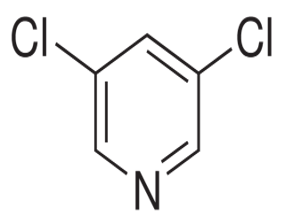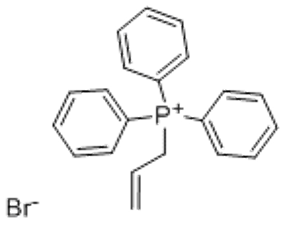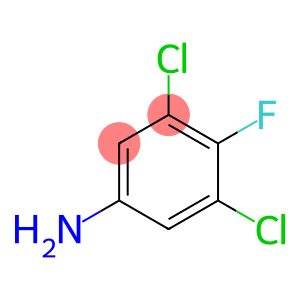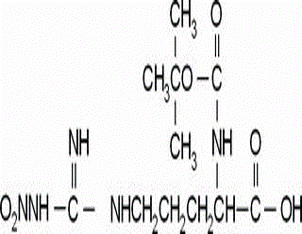3 5-Dichloropyridine(CAS# 2457-47-8)
| Risk Codes | R22 – Harmful if swallowed R37/38 – Irritating to respiratory system and skin. R41 – Risk of serious damage to eyes R36/37/38 – Irritating to eyes, respiratory system and skin. |
| Safety Description | S26 – In case of contact with eyes, rinse immediately with plenty of water and seek medical advice. S39 – Wear eye / face protection. S36 – Wear suitable protective clothing. |
| UN IDs | UN2811 |
| WGK Germany | 3 |
| RTECS | US8575000 |
| HS Code | 29333990 |
| Hazard Note | Irritant |
| Hazard Class | 6.1 |
Introduction
3,5-Dichloropyridine is an organic compound. It is a colorless liquid with a strong pungent odor.
3,5-dichloropyridine also readily reacts with sodium hydroxide to form toxic hydrogen chloride gas.
3,5-Dichloropyridine has a wide range of applications in the organic synthesis process. It can be used as an important shrinking agent for the synthesis of ketones.
There are several ways to prepare 3,5-dichloropyridine. A common method is obtained by reacting pyridine with chlorine gas. The specific steps include: the introduction of chlorine gas into a solution containing pyridine under the appropriate reaction conditions. After the reaction, the 3,5-dichloropyridine product was purified by distillation.
When using 3,5-dichloropyridine, the corresponding safety operating procedures should be followed and protective equipment should be worn. Avoid contact with skin, eyes, and mucous membranes. Care should be taken to prevent it from reacting with other chemicals during handling and storage to avoid hazards. During storage, 3,5-dichloropyridine should be kept in an airtight container and placed in a cool, dry place.








